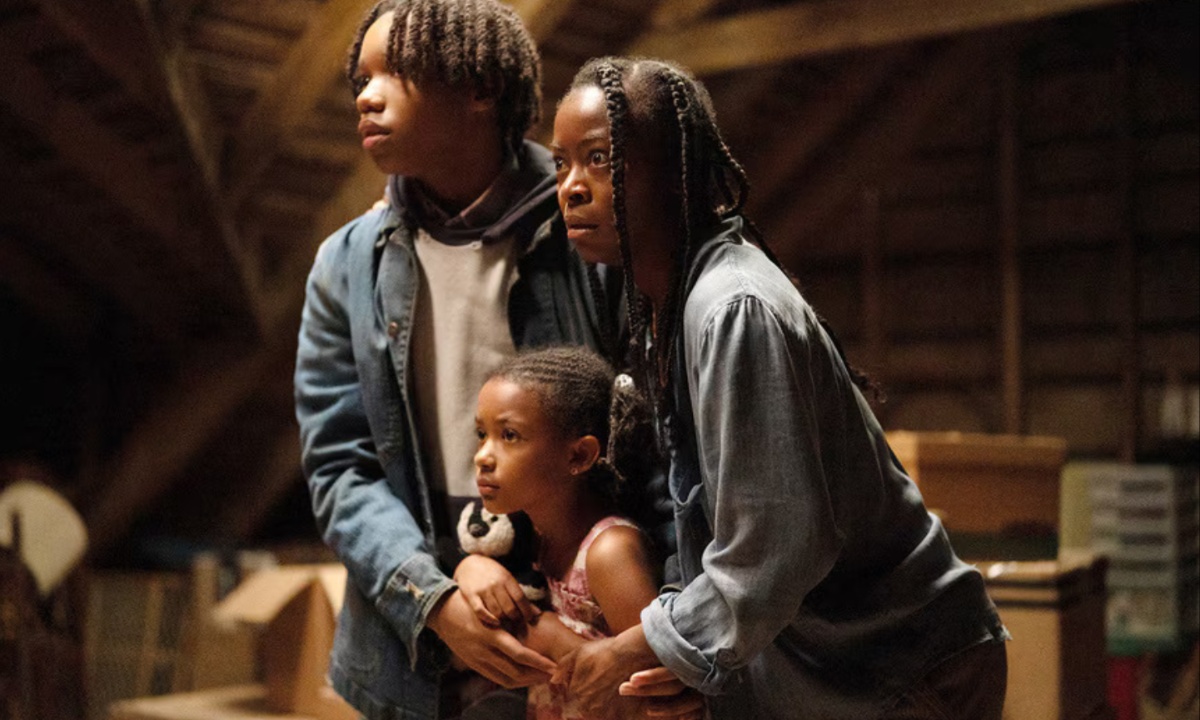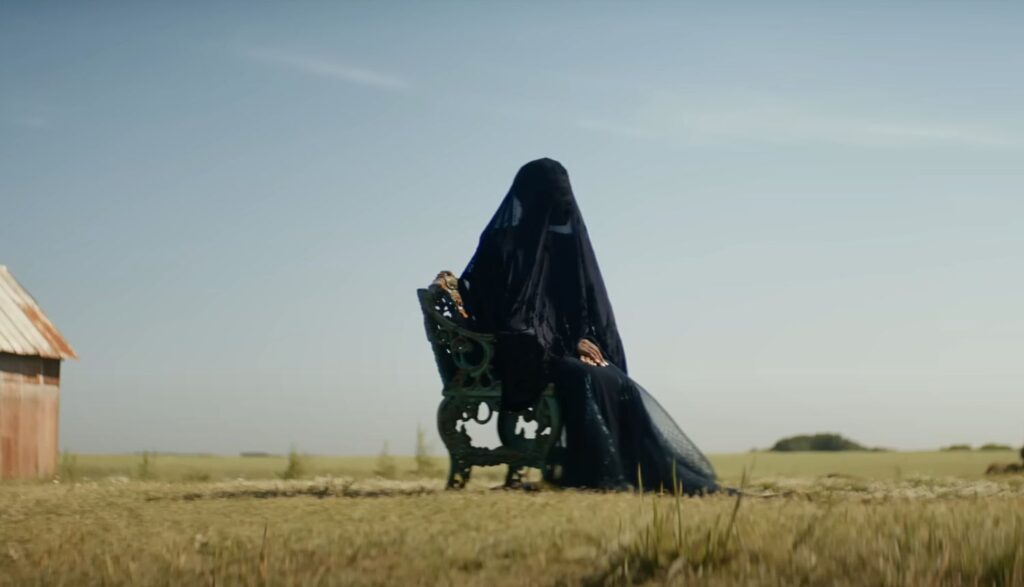The Woman in the Yard has received a review, holding a rating of 5.7/10 on IMDb. While some viewers believe these ratings are too harsh, others have had extreme reactions, with one person in the cinema calling it “the worst movie ever.” Despite its lack of subtlety in depicting grief and depression, the film is well-acted and visually impressive. Though unlikely to win major awards, it is far from a failure, offering a gripping psychological experience.
The film follows Ramona (Danielle Deadwyler) and her two children as they struggle with life after the tragic death of her husband, David. Ramona, dealing with a broken leg and deep depression, is unable to care for her children. The arrival of The Woman (Okwui Okpokwasili) in the yard reveals the underlying causes of Ramona’s turmoil.
The climax of the film recontextualizes Ramona’s choices, particularly regarding suicide, motherhood, and self-worth. The ending is divisive, as it wraps up the story in a seemingly simple way, though it ultimately emphasizes the importance of perseverance and family bonds.
Surreal Visions and Guilt Turn Ramona’s Mind Into a Distorted Prison
The film employs surreal storytelling, especially in its second act, which features time loops and distorted perspectives. When Ramona’s children flee to the attic, The Woman interacts with them in an eerie and mysterious manner. As Ramona follows a dark tunnel, she encounters a vision of her husband, David, in an early, seemingly happy moment.
However, this sequence takes on a tragic undertone once it is revealed that Ramona was driving the night David died. Her guilt and depression distort her perception, turning what once seemed like a loving memory into a reminder of her pain and regret.

Ramona soon realizes that her vision is a manipulation by The Woman, who represents her darkest thoughts. A particularly disturbing moment occurs when David, in the vision, suffocates her, symbolizing how trapped she felt in her life before his death. This scene, while effective in its shock value, slightly contradicts David’s established character.
However, it serves to illustrate Ramona’s internalized guilt and how she perceives her past as a prison. This sequence ultimately reveals that The Woman is not an external force but a manifestation of Ramona’s own suffering and despair.
A Haunting Battle with Grief: Ramona’s Struggle Against Her Darkest Thoughts
The film suggests that The Woman is a projection of Ramona’s grief, representing the part of her that wants to end her suffering by ending her life. Throughout the story, Ramona battles with thoughts of harming herself and even her children, seeing them as the reason she feels trapped. The Woman whispers ideas of suicide, framing it as an escape and even a form of strength. This perspective is deeply tragic and unsettling, shedding light on the irrational and painful thoughts that accompany severe depression.
As the film reaches its climax, Ramona prepares to take her own life. She asks The Woman if she can say goodbye to her children, and The Woman agrees. However, a simple moment—her daughter handing her a beloved toy—snaps her out of her despair. Instead of giving in, Ramona decides to live, symbolizing a hard-fought victory over her suicidal thoughts. She tells her children that if The Woman returns, they will be ready, emphasizing the power of familial support in overcoming mental struggles.
The ending may feel too simple for some, as Ramona does not have to fight The Woman in a traditional horror climax. However, this reflects the reality of mental health battles—sometimes, all it takes is one small reason to keep going.
The film portrays the inner struggle of depression with raw emotion, and Danielle Deadwyler’s performance adds depth to Ramona’s pain and resilience. Ultimately, The Woman in the Yard is a haunting exploration of grief, motherhood, and the difficult choice to keep living, even when everything feels hopeless.



